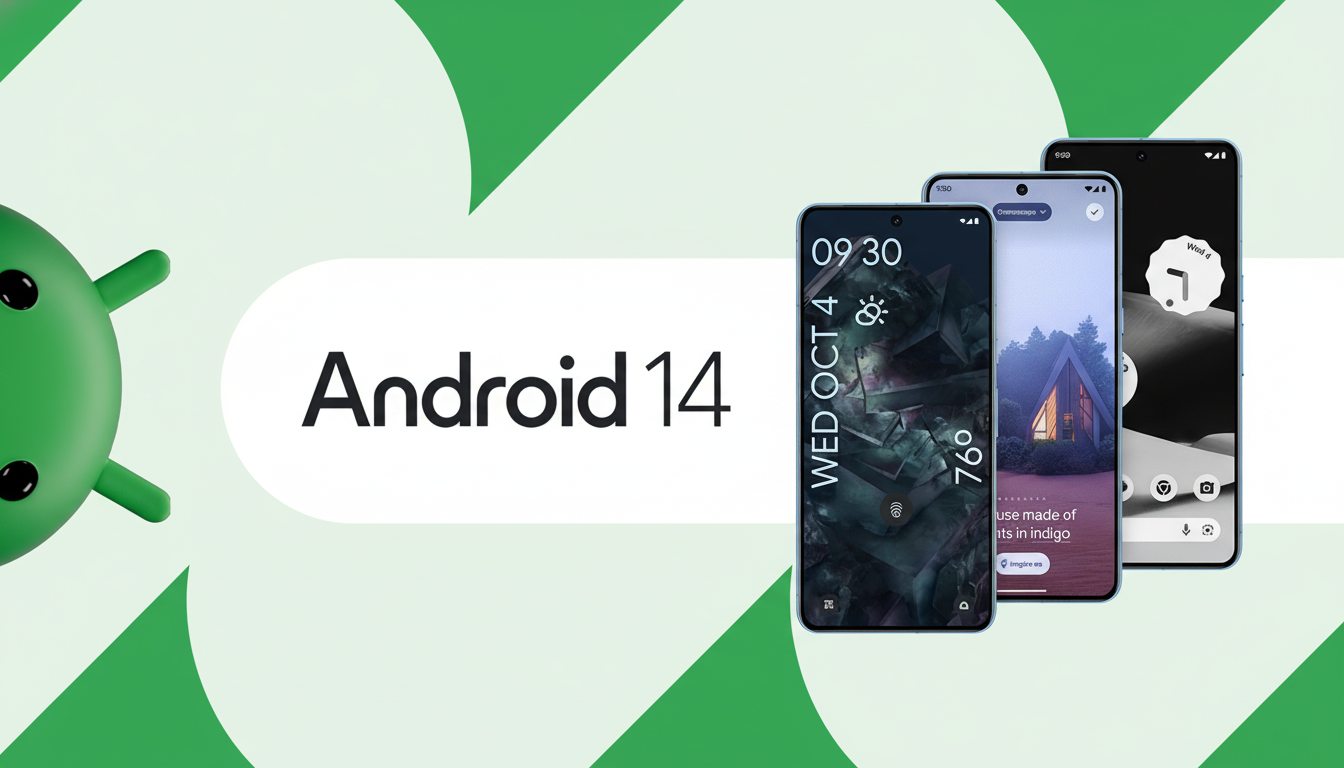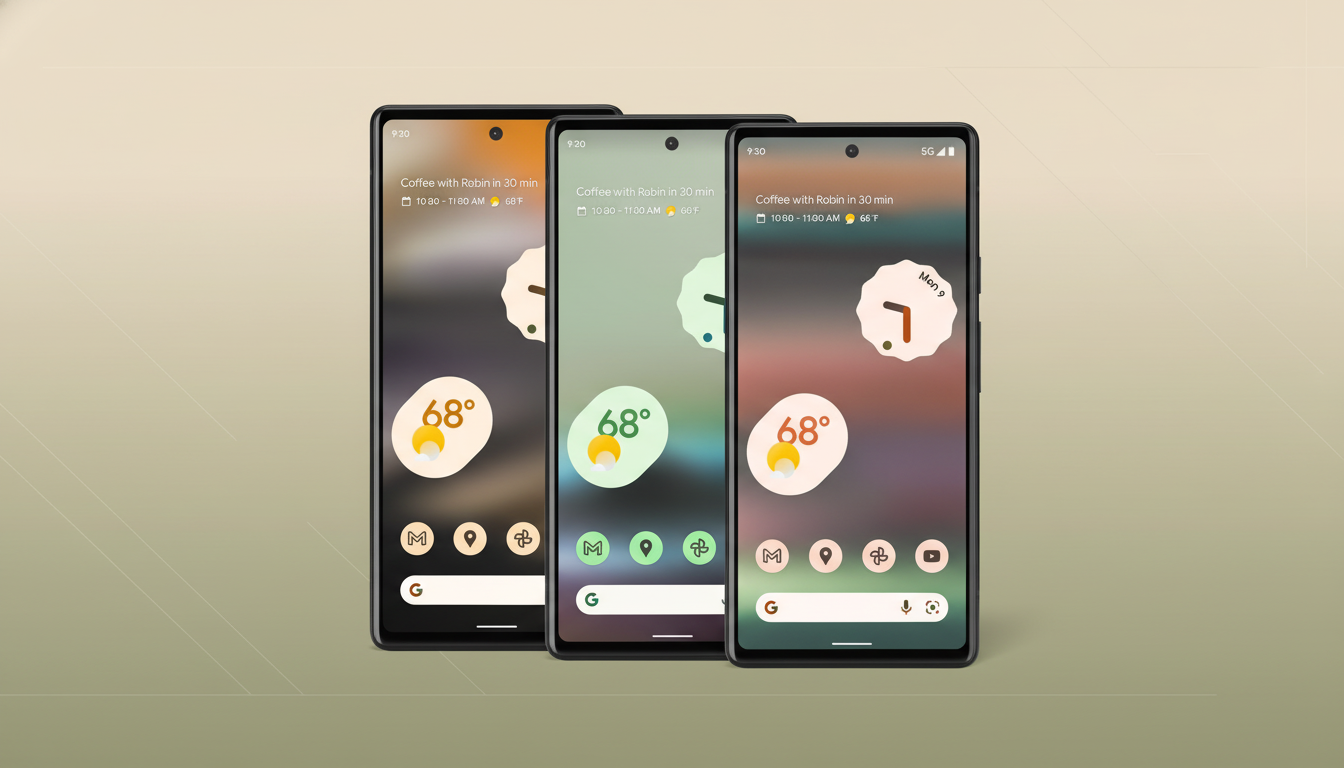Google’s latest hidden surprise turns Android 14 into a little mission control. “To that end, our latest Easter egg is a space-themed experience that starts by opening with a logo that resembles the Apollo 14 mission patch before launching into a tiny ship. You can pilot across a star field, complete with live coordinates, velocity, and stellar data,” it explains. “It’s a fun and nerdy little affair that’s distinctly Android.”
How to find Android 14’s space game Easter egg
Accessing the Easter egg follows the familiar path baked into Android for years. On a device running Android 14, go to Settings, open About phone, and tap Android version repeatedly until the Android 14 logo appears. Press and hold the logo to ignite the sequence—the phone vibrates to mimic a liftoff—and you’ll drop into the interactive space view. The steps are identical on tablets; no extra apps, accounts, or developer options are needed. If nothing happens, confirm that your device is updated to Android 14 or a recent Quarterly Platform Release build.

Inside the Android 14 space mini-game experience
Once the Apollo-inspired title screen floats away, a small spacecraft appears against a star‑littered backdrop. A status readout in the lower-left panel shows your thruster state, X/Y coordinates, and current velocity. The upper-left panel lists the nearest stars, including their name, spectral class, radius, mass, and how many bodies they’re moving through space with—a clear dive back into the “learn while you wander” spirit old Chrome fans will remember.
Controls are simple: press and drag to use thrust and steer. If you want a quick target, move around until the coordinates reach (0, 0) to visit the colored star. You can thumb around its orbit to encounter any planets or moons—or just crash into them to see what happens. There’s no score, timekeeper, or “win” state; the point is exploration, reinforced by gentle haptics that offer a compelling sense of speed and drift.
The visual reference to Apollo 14 isn’t coincidental. The Apollo 14 mission that landed in the Fra Mauro formation in 1971 has its own prominent patch, widely seen in NASA’s public archives. Android 14’s logo riffs on that symbolism without duplicating it—a skillful piece of space-history homage that sets the vibe for the moderately mystifying game.
Beta update alters the Android 14 Easter egg logo
With the arrival of Android 14 QPR3 Beta 1, Google changed the game’s opening graphic for the Easter egg update. The “Android 14” text changed, as did the circular graphic, which became a downward-pointing triangle—an obvious reference to the Android 15 branding seen in new developer preview releases.

According to Google’s beta release notes, QPR builds generally include similar tweaks or minor visual updates, even though the game remains effectively the same from a practical angle. The move nods to the inevitable march toward the new release, as seen with comparable late-stage betas in previous years, which featured small references to the brand-new dessert theme of the year.
A brief history of Android’s playful Easter eggs
Android’s Easter eggs have long been a staple of developer inside jokes. They’ve featured a collection of cats in notifications in the past and periodic nods to the Android mascot. In addition to being calling-card blasts of personality, they also serve as brief tech demos of new frameworks, haptics, and graphics. In general, they help create a shared culture among enthusiasts—branding that promotes itself across developer and community spaces. The feature has little impact on brand loyalty.
- Android 7 featured a hidden cat-collecting game accessible through the notification shade.
- Android 8 included a free-floating octopus Easter egg.
- Android 11 revived the cat game with device-controlled characters.
- Android 12 showcased a color-picking clock that highlighted Material You.
Availability and requirements for the Android 14 Easter egg
Any phone or tablet that has been updated to Android 14 can access the new Easter egg. Many recent Pixel models already do, and an increasing list of devices from notable manufacturers do the same. That includes Samsung’s One UI 6, OnePlus’s OxygenOS 14, and Xiaomi’s HyperOS, all of which are based on Android 14.
Because it’s self-contained, the space game works offline and does not require special permissions. Android 14 surface data is visible in Android Studio, demonstrating similarities with prior versions as OEM updates roll out over a few months. Therefore, the space game is likely to receive more visits as more Android 14 users come onboard. To make an orbital trip, open Settings on an Android 14 device and follow the steps above.

